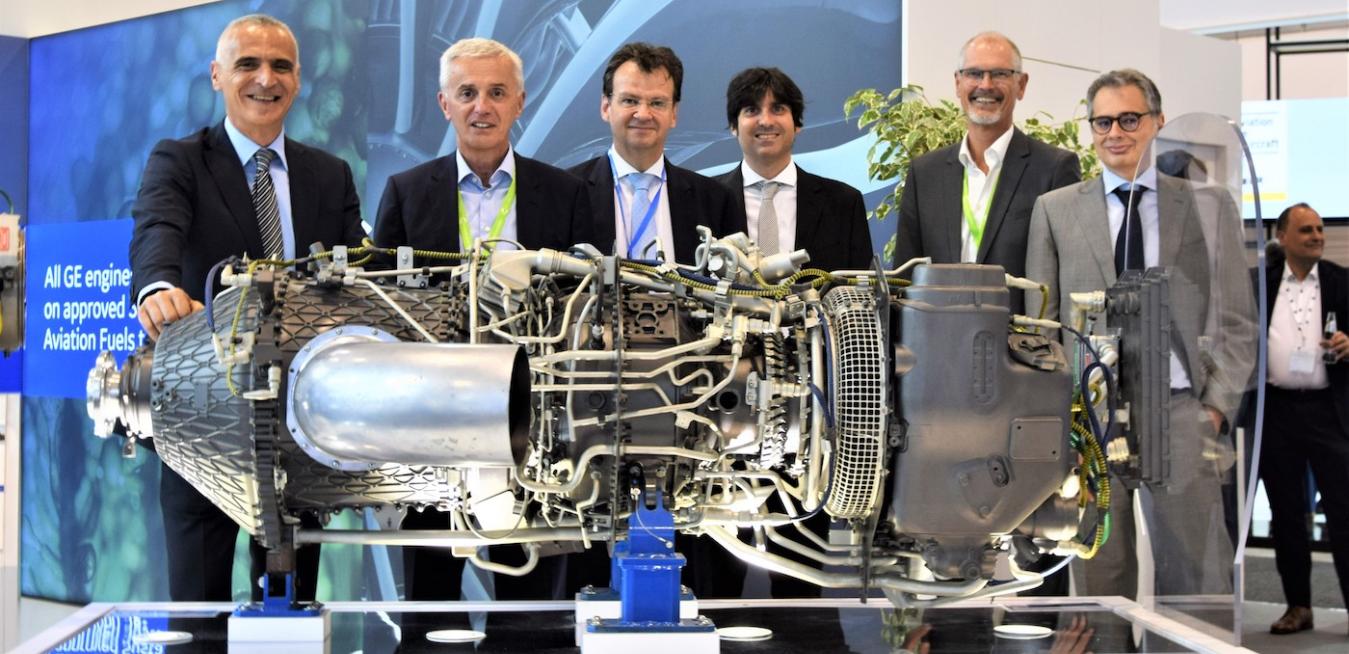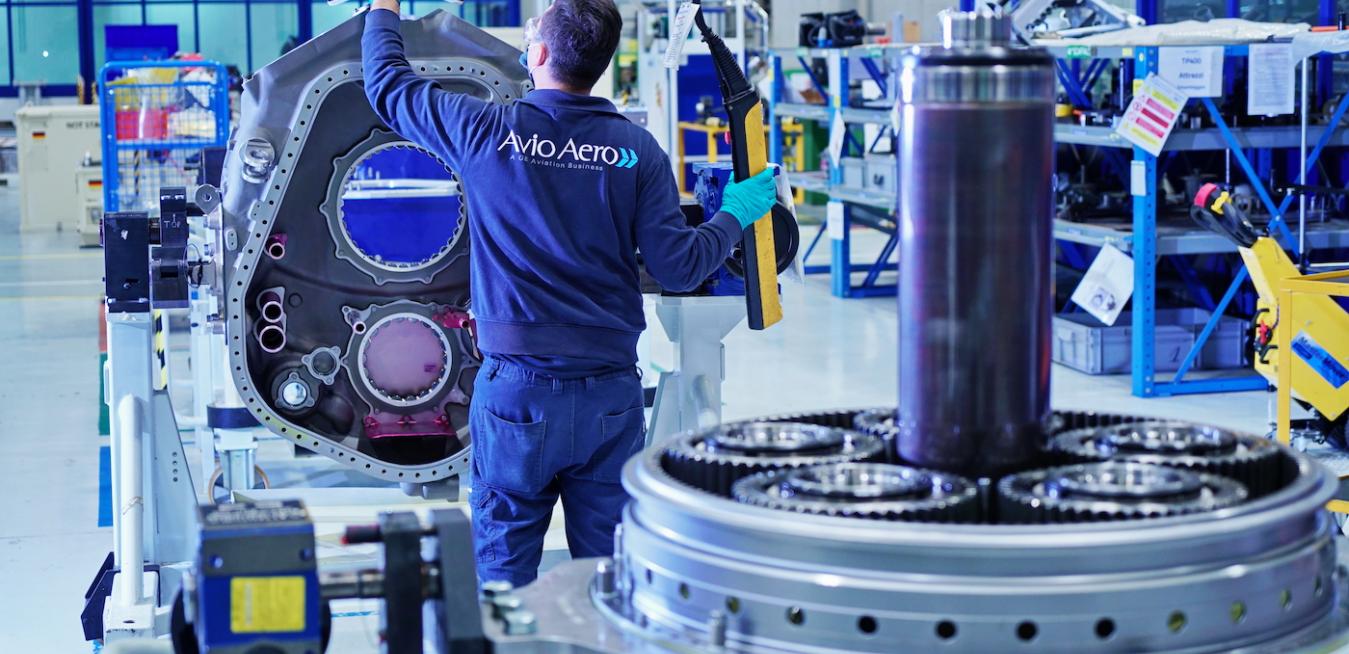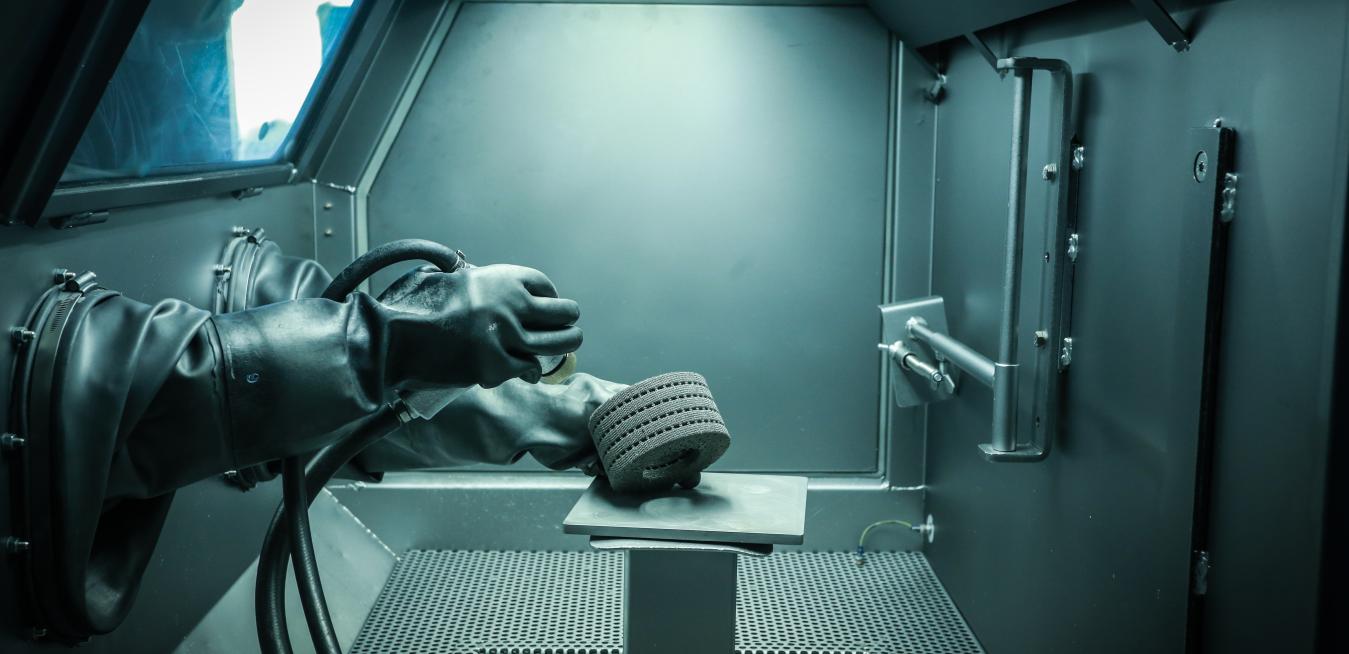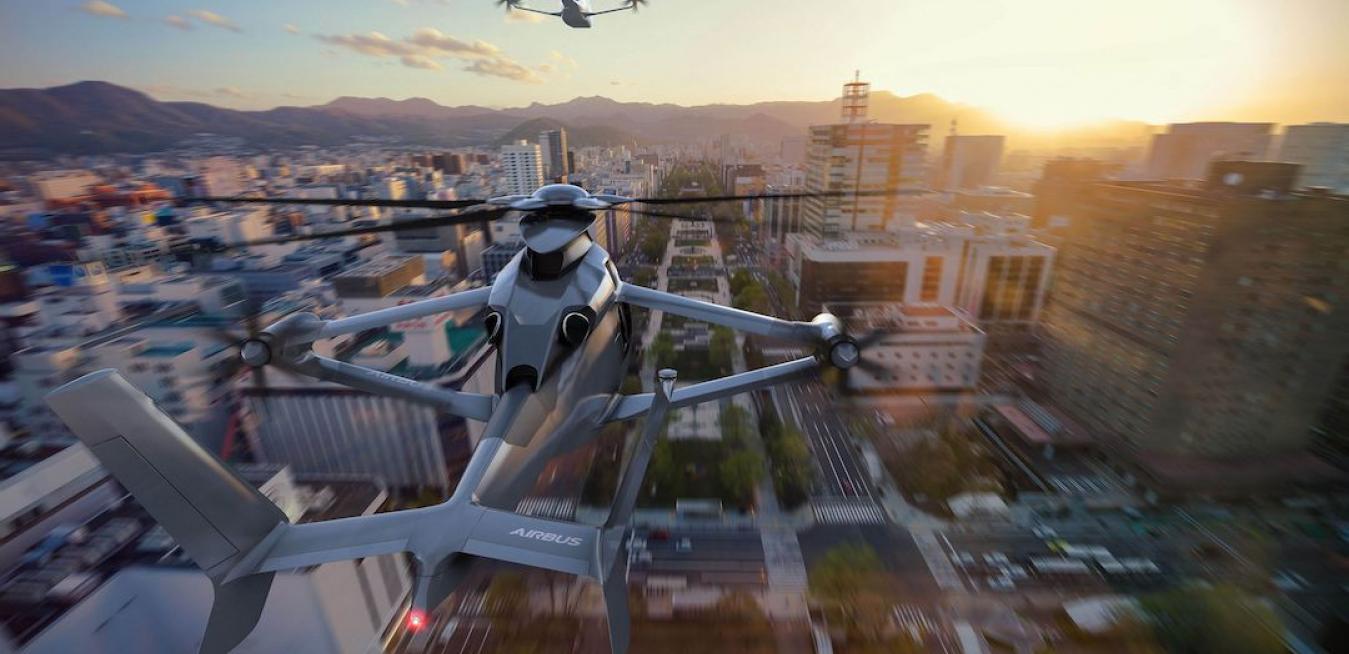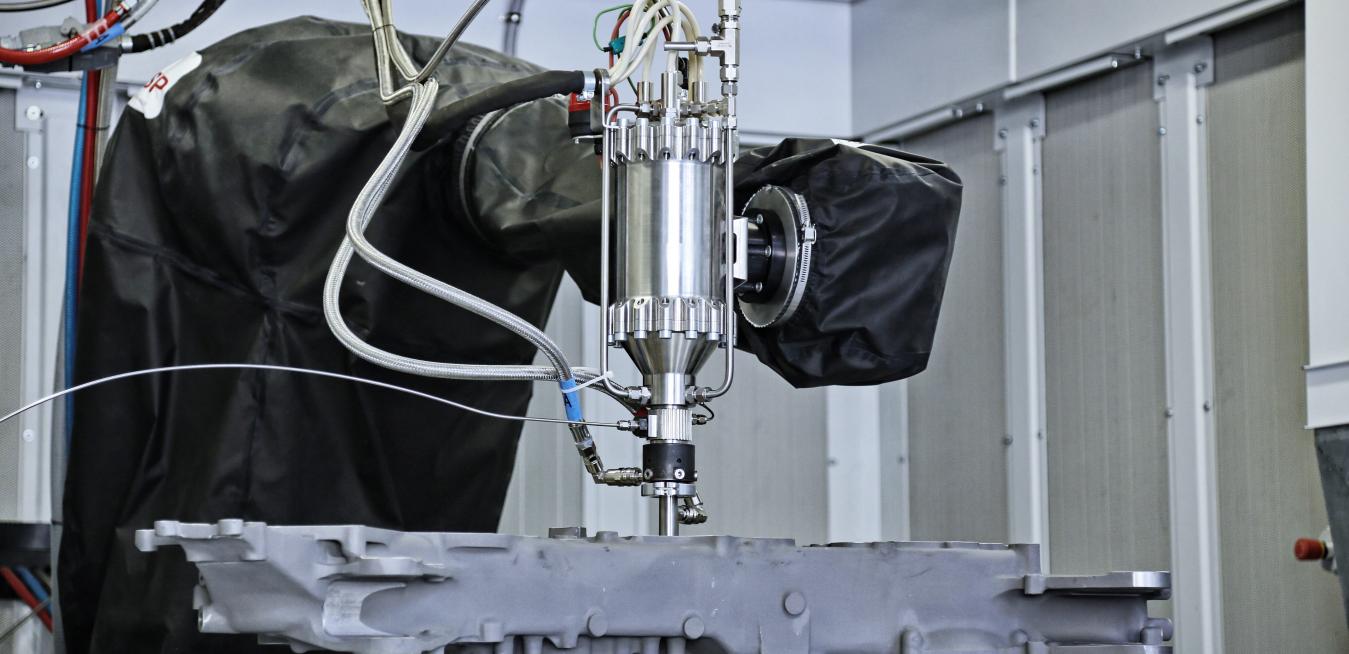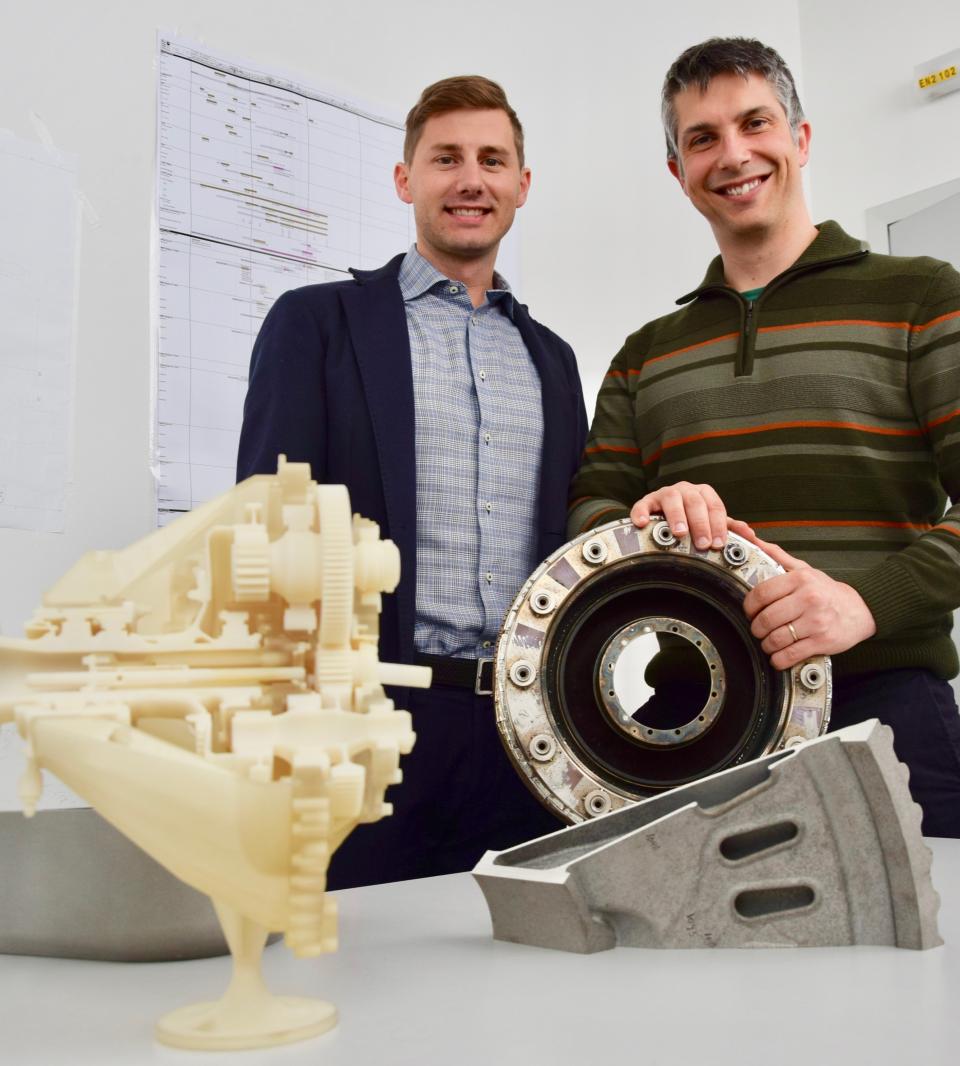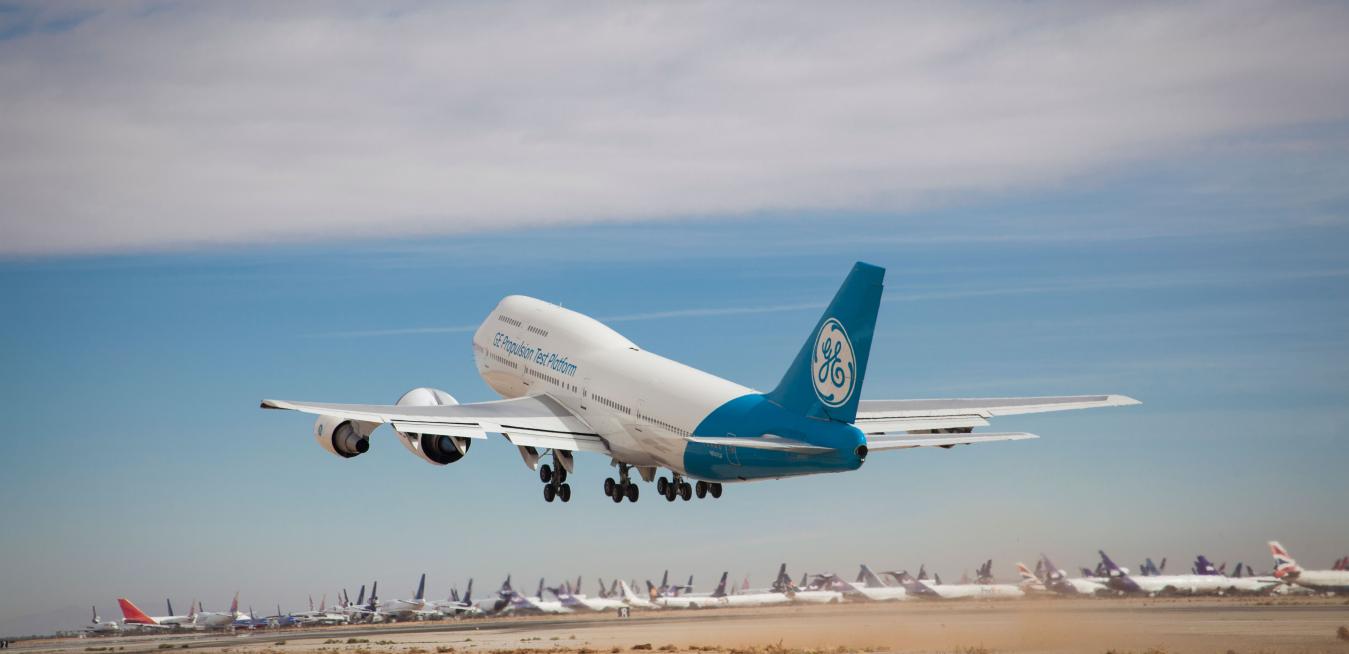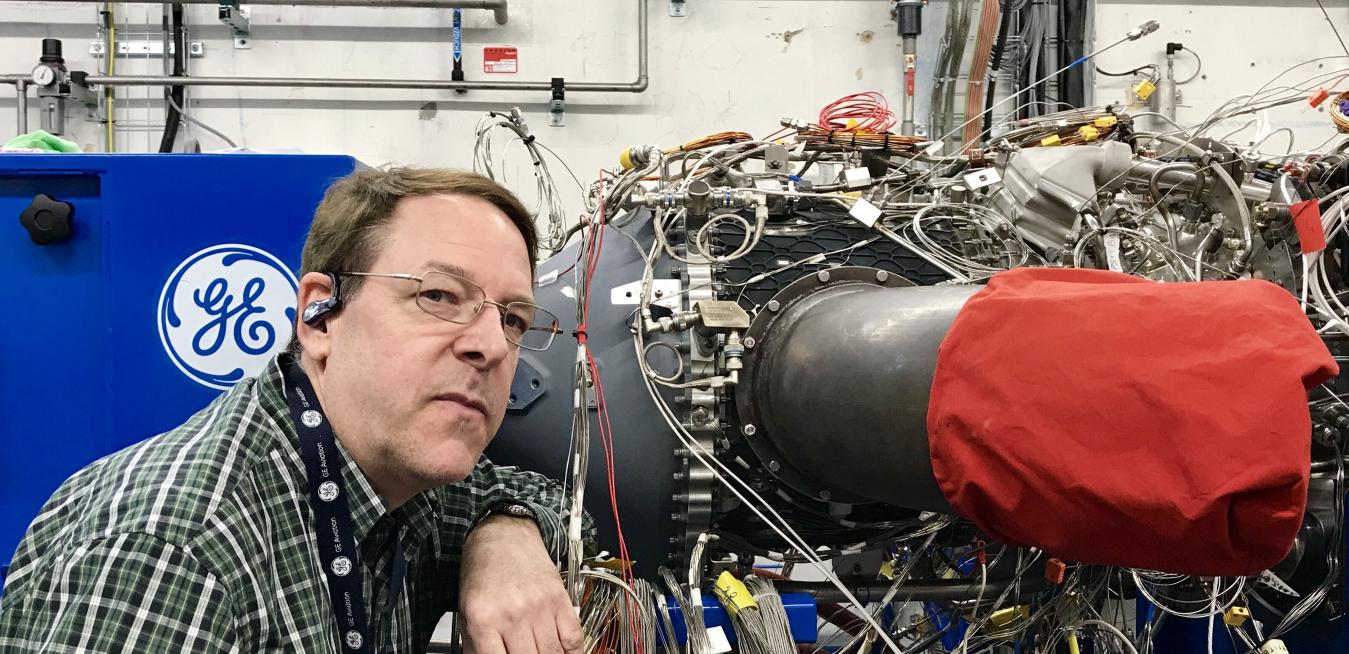GE Aerospace and other manufacturers have been working for years to find ways to help decarbonize the airline industry. It’s quite a challenge, of course. Jet fuel produces carbon emissions, yet it’s a powerful form of energy that has dominated aviation since the Wright brothers went airborne in 1903.
Any GE Aerospace employee who has spent the day at Avio Aero’s plant in Pomigliano d’Arco, Italy, would probably agree that two aspects of the workplace are unimprovable: the view and the food. The GE-owned plant in northeast Naples, which manufactures blades, combustors, and other components for some of the world’s largest jet engines, looks out on Mount Vesuvius, the volcano that buried Pompeii in ash two millennia ago.
By the last event Sunday at Oshkosh 2022, a finale that saw commercial, general aviation, and military aircraft glittering in the skies above Wisconsin’s Wittman Regional Airport, more than 650,000 people from 92 countries had experienced the magic of the weeklong festival.
Nestled in the rolling hills of the Po Valley, the small town of Cameri looks like a postcard Italian village, complete with a classic piazza surrounded by traditional-style buildings and a church. It’s a startling contrast, then, that less than a mile from the center of this village sits a major hub of aerospace innovation, anchored by one of largest 3D-printing factories in the world. Operated by Avio Aero, a GE Aviation company, the plant makes the arm-sized blades for the GE9X engine, the world’s largest jet engine.
The future of flight is an ever-evolving topic ranging from new supersonic passenger jets to hybrid helicopter-like aircraft that fly more like a plane.
Few places illustrate the rapid evolution of 3D printing better than Avio Aero’s gleaming box of a factory in Cameri, a small town near Milan in northern Italy. The plant is filled with 20 sleek, black 3D printers, each the size of an armoire.
Just a decade ago, the idea of 3D printing metal parts directly from a computer file seemed like science fiction to many people. But the technology is quickly growing up. There are few better examples of its promise than the GE Catalyst, a new advanced turboprop engine GE Aviation started testing in December.
The Northern Italian town of Cameri could be easily mistaken for a quiet farming commune. But take a short ride through the rolling fields of the fertile Po Valley that surround it and you’ll discover a startling contrast.
